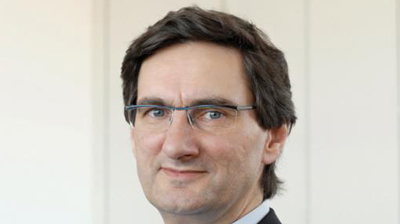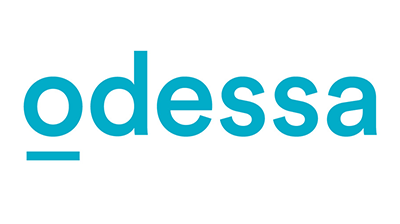
The disruption caused by the pandemic has reinforced the need for the asset finance sector to be agile and reactive, and lenders who built strong bonds with their customers and vendor partners have reaped the benefits. Now the industry needs to adopt the same approach to deal with the challenges presented by the sustainability agenda, according to Jochen Jehmlich, CEO at Société Generale Equipment Finance (SGEF).
Speaking at an Asset Finance Connect Senior Executives Fireside Chat, sponsored by Solifi, Jehmlich predicted a potential “golden age for asset finance to come”, pointing out that the urgent need for businesses and the whole economy to adopt climate-friendly ways of operating means that all assets will need to become greener.
“Countries and governments have committed to reducing CO2 emissions dramatically over the next few years. That means the whole economy has to run on electricity or hydrogen. It’s not about whether as lenders we should fund only solar panels or wind turbines—it’s about exchanging all assets for greener options.
“In areas like vehicle fleets and commercial equipment, everything will need to be replaced, and as business funders and partners we should be in a position to support that shift. We have a responsibility to work with vendors and end customers to achieve this,” Jehmlich said.
Covid-19
While acknowledging the pandemic had come as a “big surprise and we were not super prepared”, Jehmlich said SGEF’s decision to offer a moratorium on payments and subsequently a staged approach to scheduling repayments had proved successful, with almost all customers back to regular payments by the end of 2020.
“We were proactively seeking a joint way forward. You build good customer relations in the bad times, and not the good times,” he noted.
Jehmlich also pointed out that, with offices shut overnight and overseas travel on hold, digital transformation had happened at a much faster pace than previously anticipated.
“That is a lasting change from the pandemic. We have made a jump forwards in terms of digital working. We had the digital tools already, and all the barriers to e-signing or to remote working have disappeared.
Sustainability
The focus on ESG issues at both organisational and country level is likely to be one such disruptive event, as is already evident in the auto industry. There is also pressure from governments who are linking funding subsidies to investment in green technologies and approaches.
A poll of those attending the Fireside Chat found 46% believe ESG demands will result in a renewed focus on asset management and used asset finance.
“But we are not converting into NGOs – we are still profit driven organizations with a decent return on equity targets. We don’t want to end up with stranded assets or equipment with no value, but the question is how we make money with solutions that are attractive to our customers,” Jehmlich said.
Pay per use
One option is the growing interests in “pay per use” equipment deals, priced on a consumption basis. This requires the traditional approach to calculating residual values and pricing risk in contracts to change.
“We are talking about the circular economy, where the lender funds a new asset which the manufacturer subsequently refurbishes for a second life as a used asset, and which at the end of its life is broken down into parts which are re-used. But no one will jump into this new environment without thinking carefully about which risks they will take,” Jehmlich explained.
Currently, the second life value for a solar panel, for example, is unknown. But while electric assets are likely to be more expensive at the beginning of their life, the maintenance and running costs are potentially lower, suggesting they may have a longer life.
“That opens up the way for lenders and manufacturers to build a long term relationship with the customer and to sell lots of services, for example, updating services,’ Jehmlich said.
However, he cautioned that the uncertainties over who will take the risk over the life of the asset mean a true “pay per use” solution was some way in the future. Currently it is limited to certain areas, such as photocopiers, where there is a high volume of customers sharing one piece of equipment and where levels of usage are reasonably predictable. Nevertheless, such deals have to take account of not only the credit risk if the customer defaults, but also utilization risk, for example if there are problems in a particular industry sector so that turnover falls or customers desert that particular company.
Given the challenges, it was unsurprising that the poll of webcast attendees found 50% saying that they expected under 10% of contracts to be “pay per use” by 2025.
But Jehmlich closed the session with a glimpse of the future possibilities. SGEF is working with Philips on a project which will see the medical equipment supplier take over the whole operation of a clinic for a 10-year period. The customer will pay monthly instalments, and the supplier will take care of the equipment and ensure the technology is upgraded as required.
More insights from the Asset Finance Connect Fireside Chat with Jochen Jehmlich, CEO at Société Generale Equipment Finance, sponsored by Solifi, available via this link.

